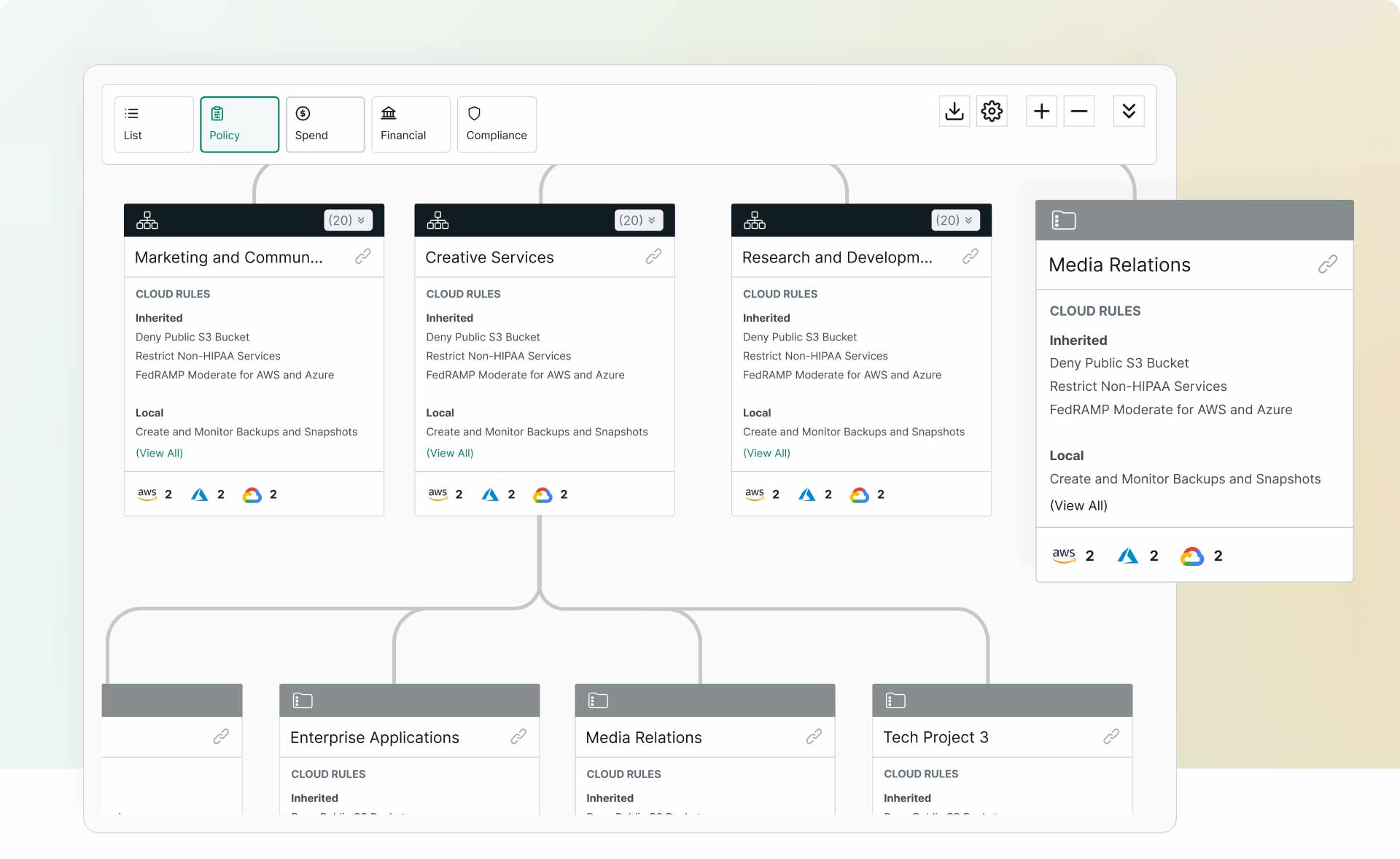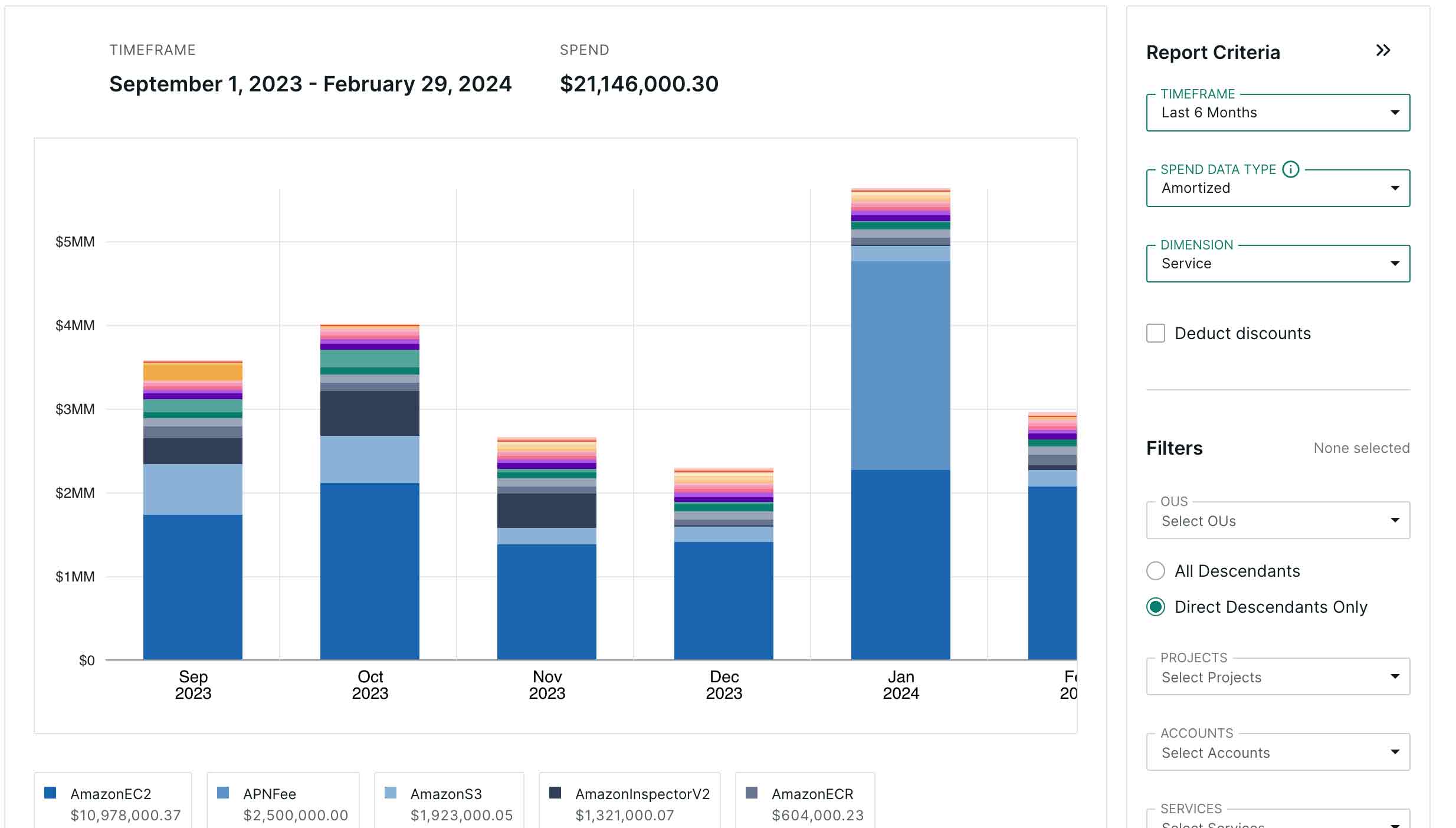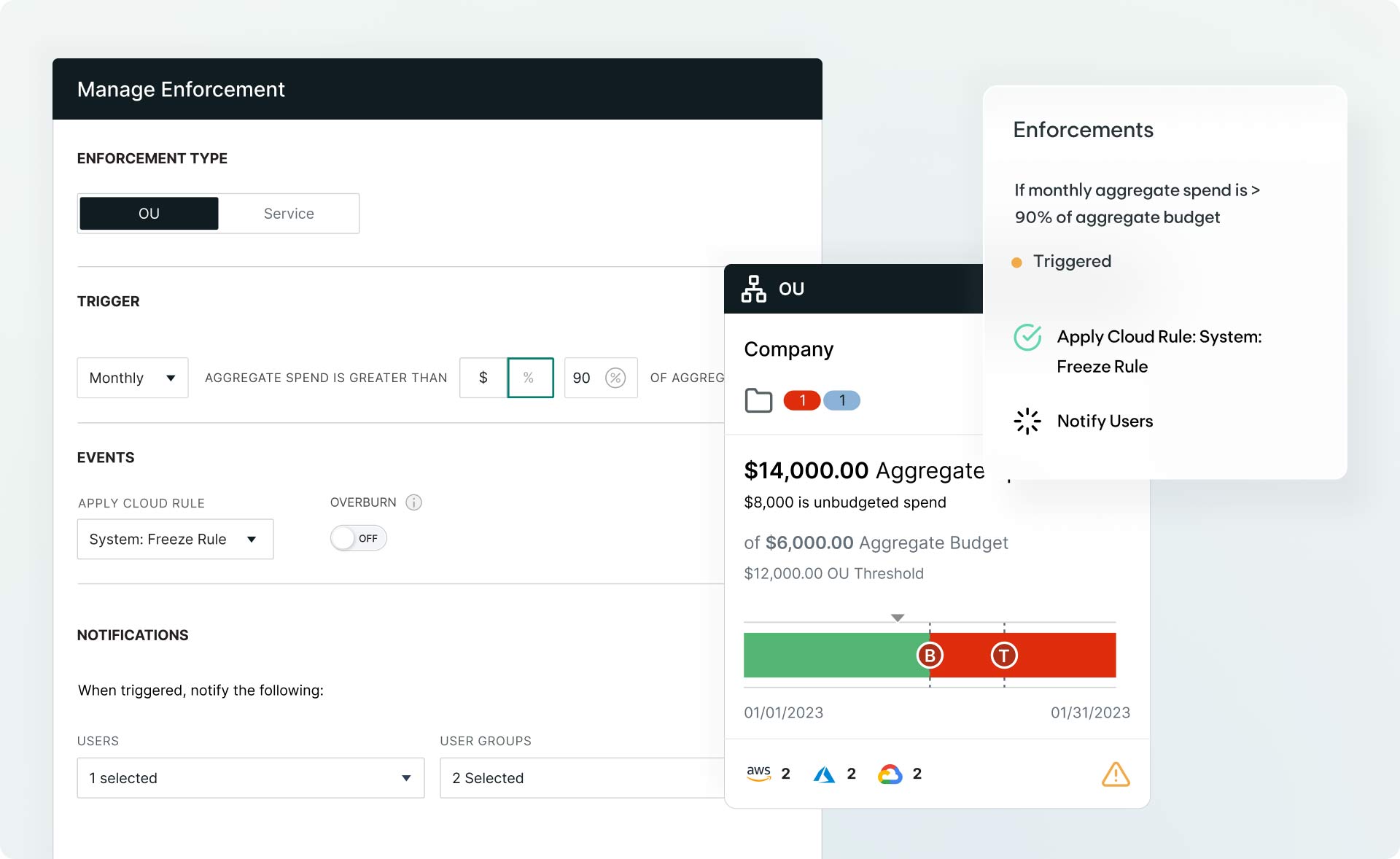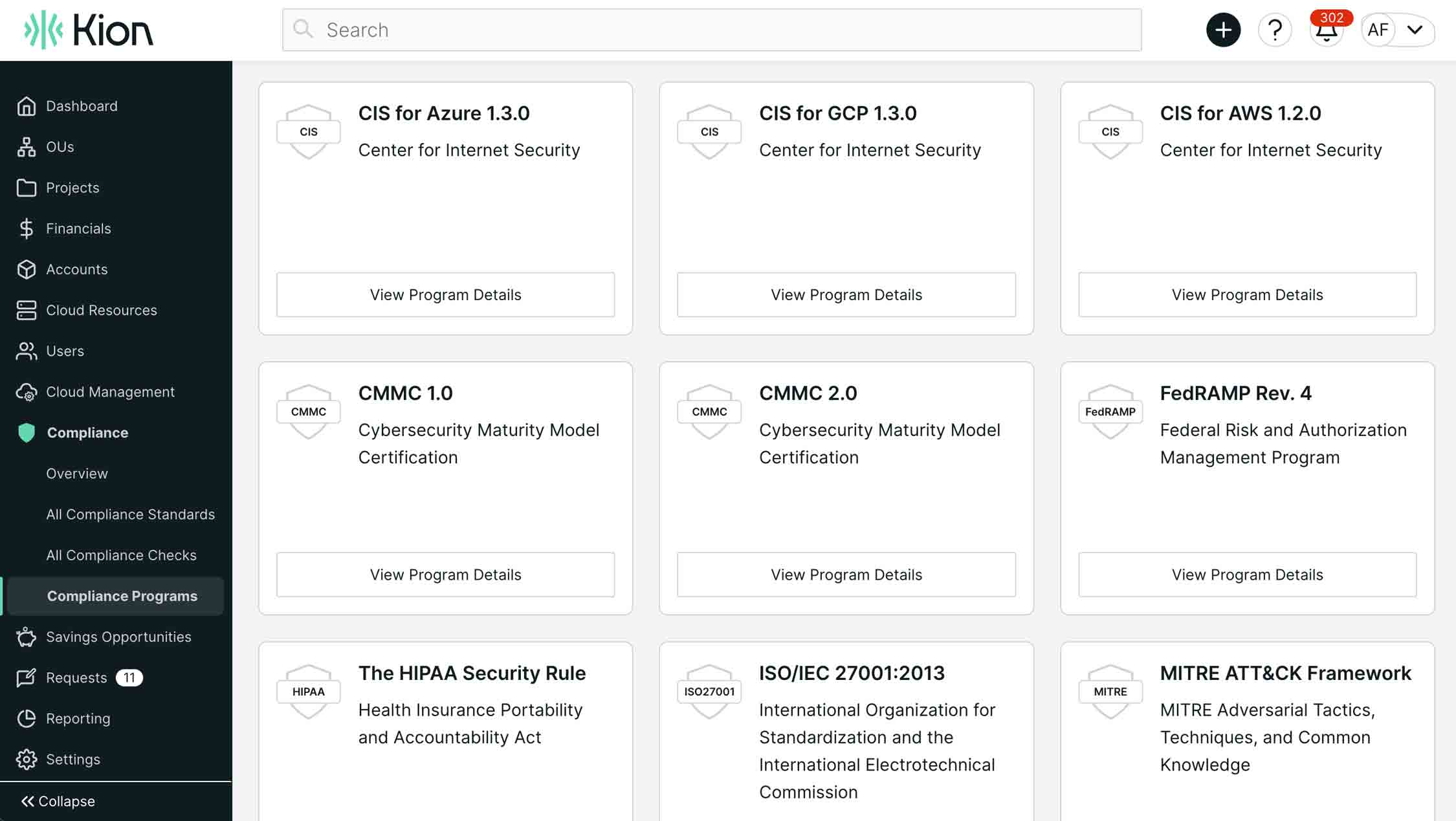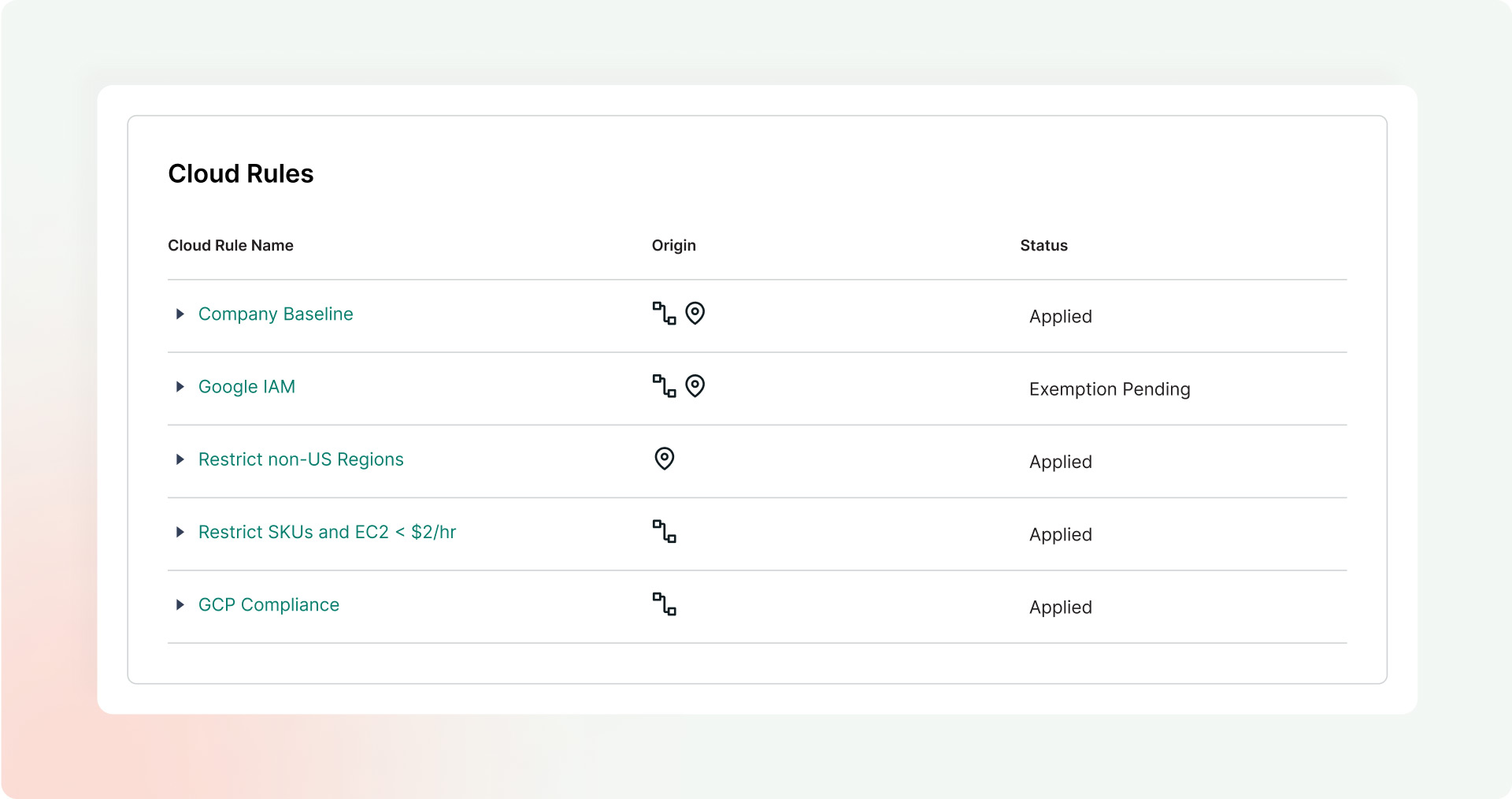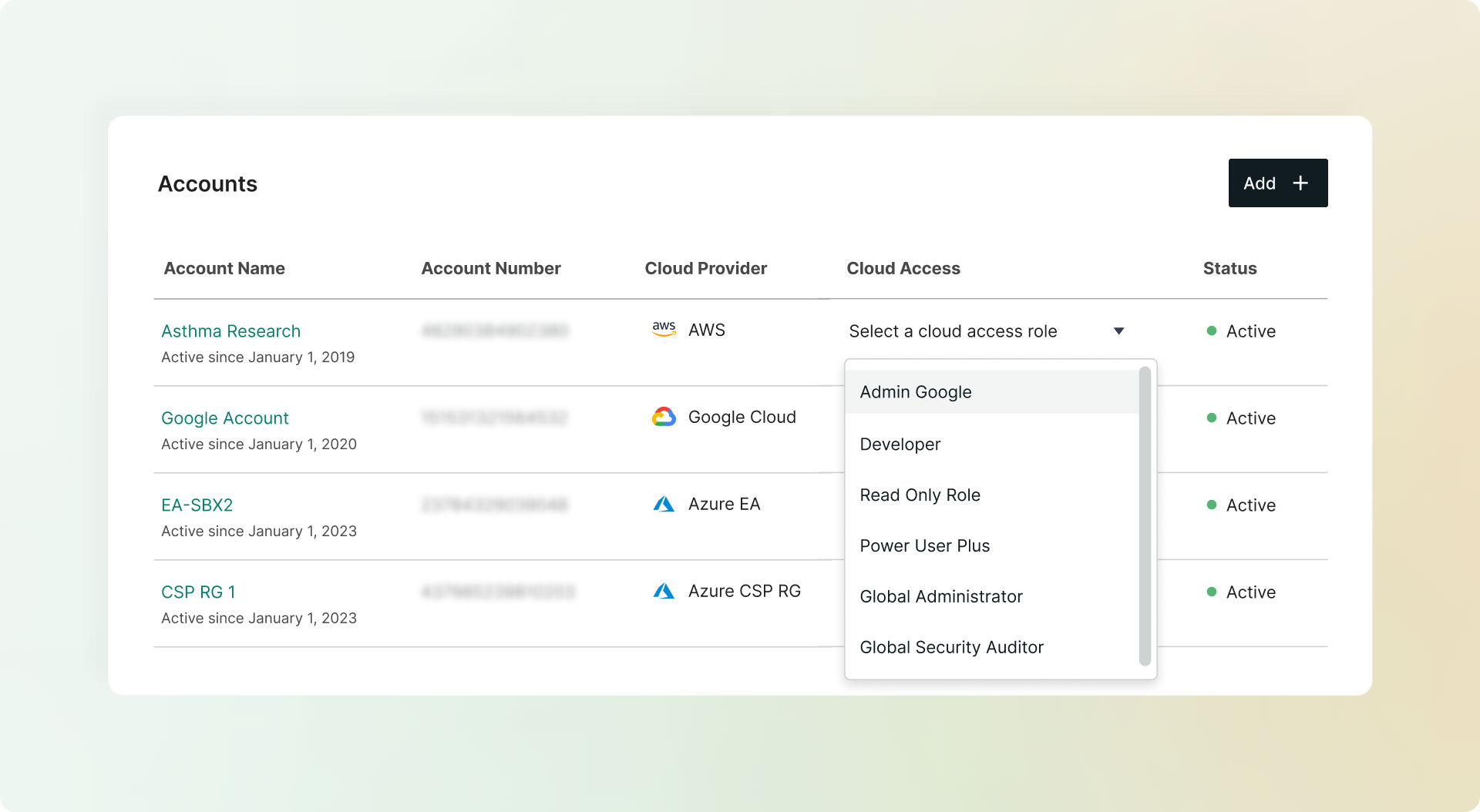Explore Kion's Self-Guided Tours
Kion and Carahsoft have partnered together to provide a series of self-guided tours of Kion's products and features. Similar to a live demo, the self-guided tours explores how Kion's products and features applies to a specific technology vertical such as MultiCloud.
Learn about Kion's benefits, watch a short pre-recorded demo video, and download related resources. If interested in furthering the conversation, you can also schedule a live demo with a Kion expert from Carahsoft. Start a Self-Guided Tour now by selecting one below:
Kion redefines cloud enablement with a single-platform solution that seamlessly integrates AWS, Azure and Google Cloud services. Kion’s solution simplifies cloud management by encompassing automation, financial oversight and compliance measures, providing agencies with comprehensive control over their cloud infrastructure. With Kion, agencies can explore the transformative potential of cloud operations without the complexities often associated with managing multiple cloud environments. Starting the cloud enablement journey with Kion is an opportunity to streamline operations and optimize resources, allowing organizations to focus on innovation and growth. Government agencies can leverage Kion to navigate the evolving landscape of cloud computing, empowering their organization to thrive in the digital era.
Want to learn more about Kion?
Start a self-guided demo now to learn more about automation, cloud resources and cloud compliance.
Kion's Benefits Snapshot:
- Automation: Automate the provisioning and configuration of cloud accounts to reduce risk of non-compliance and security breaches.
- Financial Management: Aggregate spending data from multiple clouds into one platform to gain better visibility of overall costs.
- Continuous Compliance: Apply compliance checks and remediate findings in one place for all clouds to maintain compliance and regulations




